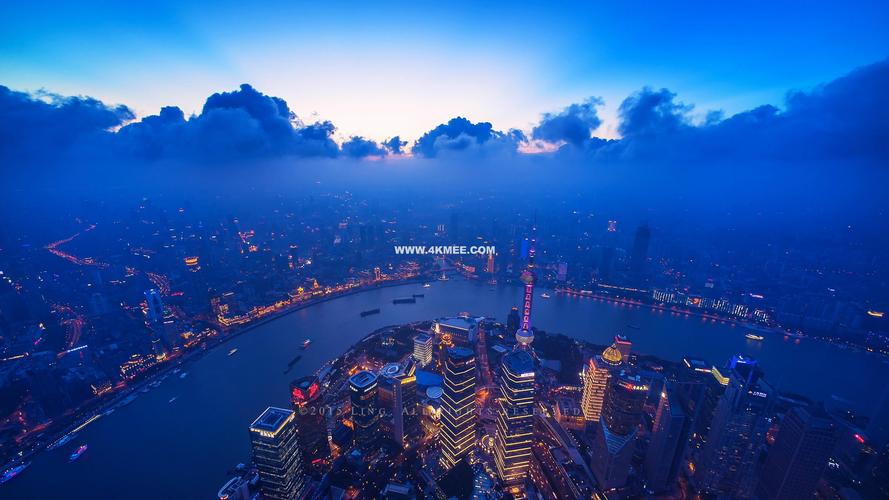Virtual Reality has been making waves in several sectors, and its presence in marketing is becoming increasingly apparent. In recent times, several brands have been leveraging Virtual Reality technology to enhance their marketing efforts. This post will highlight the trends, benefits, and challenges of using Virtual Reality in marketing.
Trends
1. Augmented Reality: Augmented reality is an immersive experience that overlays digital content on the real world. It is an offshoot of Virtual Reality and is gaining prominence in marketing.
2. Interactive Experiences: Virtual Reality technology allows marketers to create immersive experiences that engage target audiences personally. The ability to simulate real-life scenarios and interaction makes it an attractive marketing tool.
3. Social Media Integration: Several social media platforms have introduced Virtual Reality services that help to integrate the technology into the marketing process. These services include Snapchat’s World Lenses and Instagram’s AR filters.
Benefits
1. Enhanced Engagement: Virtual Reality experiences create a sense of immersion that is not present in traditional advertising. The immersive nature of Virtual Reality helps marketers to connect with their audiences on a more emotional level.
2. Increased Brand Awareness: By creating immersive experiences and providing value to the customer, brands can increase their visibility, and build brand loyalty.
3. Improved Data Analysis: Virtual Reality technology can help marketers to collect data on consumer behavior, reactions, and engagement. This information can be analyzed to optimize marketing strategies and improve engagement.
Challenges
1. Cost: Virtual Reality technology can be expensive to implement. Brands need to invest in specialized equipment, software, and talent, making it a challenge for small businesses.
2. Adoption: Virtual Reality technology is relatively new, and not everyone may be aware of it. Brands have to create awareness and educate consumers on the value of Virtual Reality in marketing.
3. Technical Limitations: Despite advancements in technology, Virtual Reality experiences can still be limited by technical issues such as motion sickness, lag, and resolution. These issues can affect the overall experience and customer perception of the brand.
In conclusion, Virtual Reality is an exciting technology that is reshaping the marketing landscape. While the benefits of Virtual Reality in marketing are numerous, it’s not without its challenges. The technology’s adoption and implementation require significant investment, but the rewards can be immense. Brands that take advantage of Virtual Reality stand to benefit from increased engagement, brand awareness, and improved data analysis that can drive growth and revenue over time.
(Note: Do you have knowledge or insights to share? Unlock new opportunities and expand your reach by joining our authors team. Click Registration to join us and share your expertise with our readers.)
Speech tips:
Please note that any statements involving politics will not be approved.
